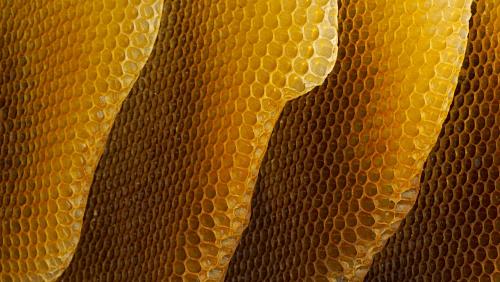Polyvinyl chloride (PVC) is a widely used plastic material that is found in a variety of products, from pipes and cables to packaging and medical devices. While PVC has many beneficial uses, its incineration can lead to the formation of dioxins, which are highly toxic and persistent environmental pollutants. Understanding the science behind PVC incineration and dioxin formation is crucial for effective waste management and pollution control.
When PVC is incinerated, it undergoes a complex series of chemical reactions that can lead to the formation of dioxins. Dioxins are a group of chemicals that are formed as by-products of incomplete combustion processes, such as waste incineration and industrial processes. The formation of dioxins during PVC incineration is primarily due to the presence of chlorine in the PVC polymer.
When PVC is burned at high temperatures, the chlorine atoms in the polymer can undergo a series of chemical reactions with other compounds present in the waste stream, leading to the formation of dioxins. These chemical reactions involve the rearrangement and transformation of the chlorine-containing compounds, resulting in the formation of dioxins as well as other toxic substances such as furans and polychlorinated biphenyls (PCBs).
Dioxins are known for their harmful effects on human health and the environment. These chemicals are highly toxic and can cause a range of adverse health effects, including cancer, reproductive and developmental disorders, immune system disorders, and endocrine disruption. Dioxins are also persistent pollutants that can bioaccumulate in the food chain, posing a long-term threat to ecosystems and human health.
Given the health and environmental risks associated with dioxins, it is important to minimize their formation during PVC incineration. Several strategies can be employed to reduce the formation of dioxins during waste incineration, including the use of high-temperature incineration processes, efficient air pollution control devices, and careful monitoring of the waste stream to minimize the presence of chlorine-containing compounds.
In addition to these technical measures, the development and implementation of policies and regulations aimed at reducing the use of PVC and promoting alternative materials can also help to mitigate the risks associated with dioxin formation during waste incineration. This may involve promoting the use of non-chlorinated plastics, improving recycling and waste management practices, and encouraging the adoption of cleaner and more sustainable production processes.
Overall, understanding the science behind PVC incineration and dioxin formation is essential for addressing the environmental and health risks associated with the disposal of PVC-containing waste. By implementing effective waste management practices, investing in cleaner technologies, and promoting the use of alternative materials, we can work towards reducing the formation of dioxins during PVC incineration and minimizing their impact on the environment and human health.






